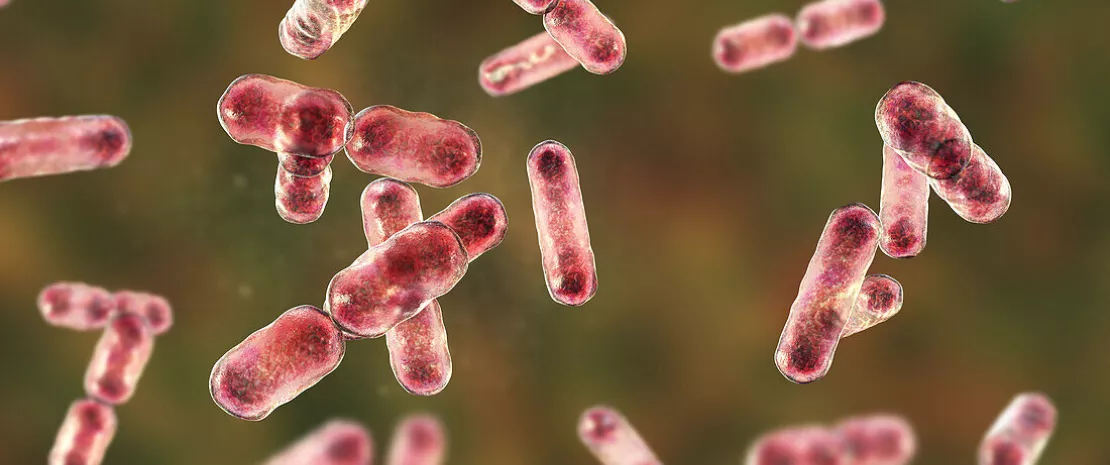How do you explain that only two sweeteners have an effect on blood sugar levels (saccharin and sucralose) while the four sweeteners tested had an impact on the composition and functions of the gut microbiota?
The use of sweeteners can be suggested in people with metabolic diseases to help them reduce their calorie intake, lose weight and improve their metabolic risk [4]. However, over time, concerns have emerged due to the fact that sweeteners do not have a neutral effect [5, 6]. In 2014, the authors of this publication had already shown that mice consuming high doses of aspartame, saccharin and sucralose developed glucose intolerance due to disturbances in the gut microbiota [7]. In this new research, they have gone one step further by carrying out a well-conducted clinical study in humans. In 120 healthy participants, the researchers assessed the effects on glucose tolerance of sucralose, saccharin, stevia and aspartame administered for 14 days (5 study arms, 20 participants per group and one control group). Sweeteners were used at levels lower than the recommended daily intake. The ingestion of sucrose and sucralose aggravated glucose tolerance, while aspartame and stevia had a neutral effect. These sweeteners had distinct effects on the composition of the oral and faecal microbiota and on key functions (such as purine and pyrimidine metabolism, glycolysis, and amino-acid metabolism). The most significant effect was observed with sucralose. Microbiota transfer studies (human to mouse) have established the causality of effects. Animals colonised with samples from sweetener-supplemented subjects showed varying degrees of altered glucose tolerance. The chemical composition of sweeteners appears to influence the microbiota; however, the precise mechanism by which they exert these variable effects on the host through changes in the faecal microbiota requires further detailed study. More specifically, sucralose, saccharin and stevia are partially metabolised in the upper digestive tract and only a tiny proportion reaches the colon.
Does this mean you recommend that your patients should not use non-nutritive sweeteners, since they may not be physiologically inert?
In my clinical practice, we do not systematically suggest patients use sweeteners, as there is no evidence that they are an effective weight-loss tool. Although, in patients who are unable to lose their sweet tooth, we prefer suggesting the use of natural sweeteners such as steviol glucoside, which can be used on a short-term and reasonable basis. However, the above discussed results highlight the need for a rigorous assessment of the short- and longterm impact of the available sweeteners on human health before deciding whether or not to recommend their continued use as an aid to reducing metabolic risks.



























